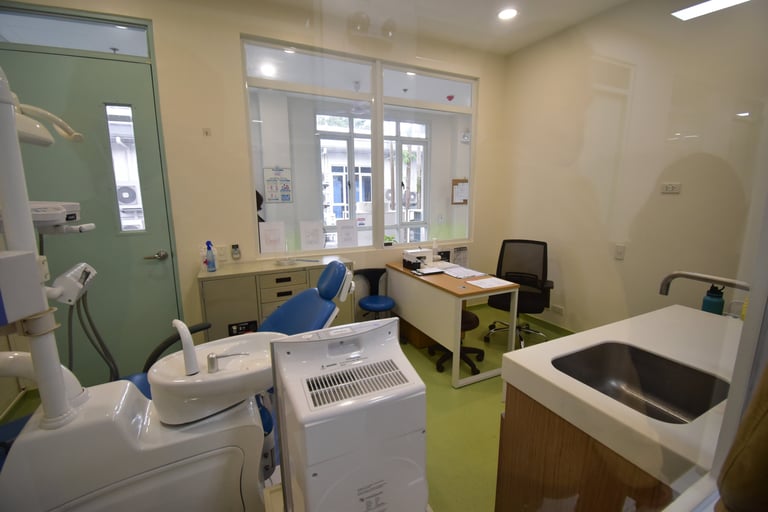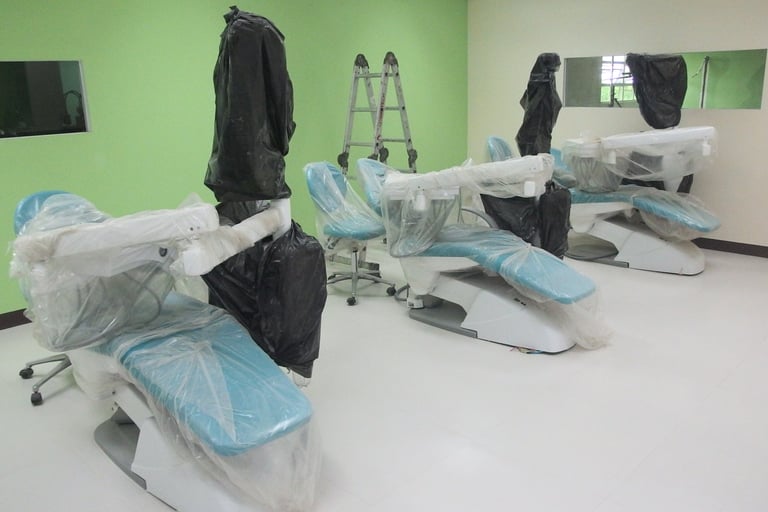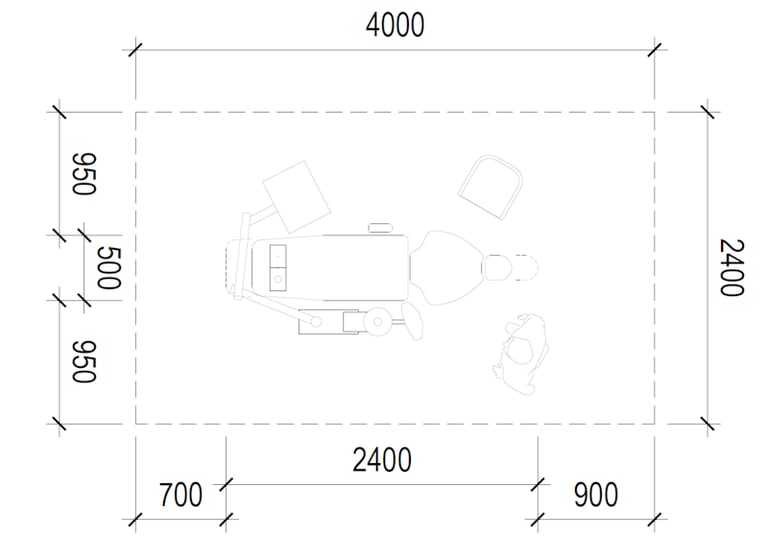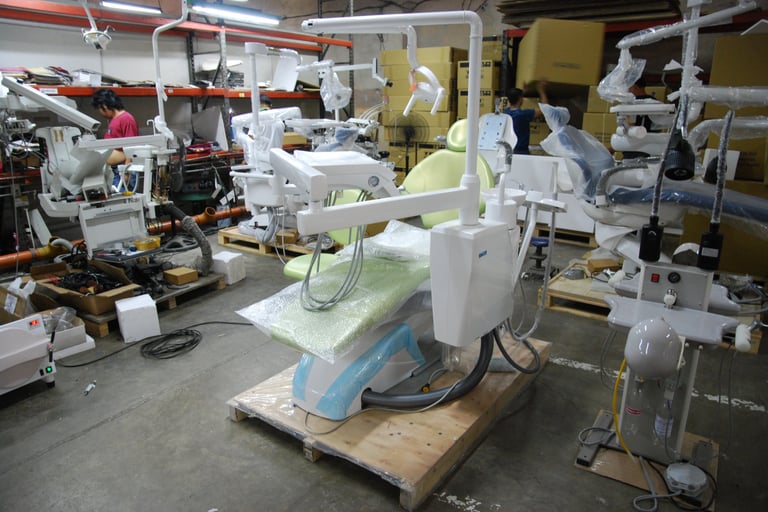Designing Dental Clinics that Work
What do dental clinics need in terms of architectural design? There are many considerations because the practice involves different types of equipment. Number of practitioners and their specialties also affect the design.
SPACE
Richard Lasam
6/18/20254 min read


As an architect for over 15 years now, I have designed all sorts of healthcare spaces—each one of them having specific needs and nuances to consider in the design. Overall, one of the specific disciplines for which I have had the privilege to design many times are facilities for the practice of dentistry.
Dental facilities are specialist healthcare spaces that focus on the care, treatment, and rehabilitation of the teeth and gums of patients. Unlike other healthcare specialties, dental clinics are often found as private practices but can of course be a part of the services of a hospital. Sometimes, dental practices almost feel like an outlier in healthcare design, being almost separated from the other disciplines due to its specific association as one of the few medical practices that are still commonly operated as a private practice and not part of a larger healthcare facility. As I mentioned before on my post about outpatient clinics, clinics need adequate space for patients to wait for their appointments, spaces for the staff to work and rest, and treatment space for the dentist to provide their services properly. Dental facilities are no different from other clinics in this regard, but they do have specific nuances that need to be addressed during the design process.
For designers like architects and interior designers, a specific consideration for dental clinics will be the following parameters:
1. Location. Dental practices can be found in very varied places. They might be established as part of the home of the dental practitioner, inside commercial developments, or even part of the outpatient services of a hospital. Consideration must be given to the different needs of the dentists, staff, and patients when it comes to the location. Waiting areas greatly differ in different locations. Dental clinics located as part of a residence will have bigger waiting areas since there are no other places to loiter around in, so enough space must be allocated to seat patients to keep them comfortable (as well as proper appointment scheduling!). Dental practices located in commercial developments and hospitals on the other hand need not have expansive waiting areas within the dental clinic, since there will be enough waiting spaces for patients outside of the dental practice.


Dental clinics often have to cram a number of activities in a small space.
2. Number and Specialties of Dentists. While this is like outpatient clinics that may have multiple doctors inside the clinic, dental practices often have dentists with different specialties all working in the same healthcare space. Some dentists will be general practitioners, some will be practicing orthodontists, and others will be pediatric dentists. All of these specialties will have specific needs and requirements that the architect must address to ensure that the dentists will be able to effectively conduct their work.


This design is meant for training dentistry students who work on the teeth of volunteer patients under the supervision of their teacher/trainor.
3. Dental Equipment. The practice of dentistry utilizes a large number of specialist equipment to operate properly, and depending on the dental facility, it will have all sorts of spaces that needs to be designed properly to allow proper delivery of services. Equipment ranges from the different types of dental chairs (pictured below is the general space needed by one), dental x-rays, and dental surgical equipment that will be needed by the dentist. Molding and casting rooms will also be needed if the dentist provides braces and other such services.


Minimum space for a dentis to work properly around a dental chair. measurements in millimeters.
5. Support Systems. Dental practices require significant support items to operate, which unfortunately will be emitting significant amounts of noise pollution to the clinic and its surroundings if not properly designed. Dental equipment will often require an air compressor to operate, which will need to be properly situated to reduce noise pollution. A small autoclave is also necessary to sterilize dental equipment properly.


dental supplies store. architects must check with the dental suppliers for the correct specs for their plans.
Hopefully the observations I present here will be helpful in the design process of other architects who may have similar projects. You can also read about how I designed a hospital or how to avoid making healthcare spaces stressful if you find this article interesting.
